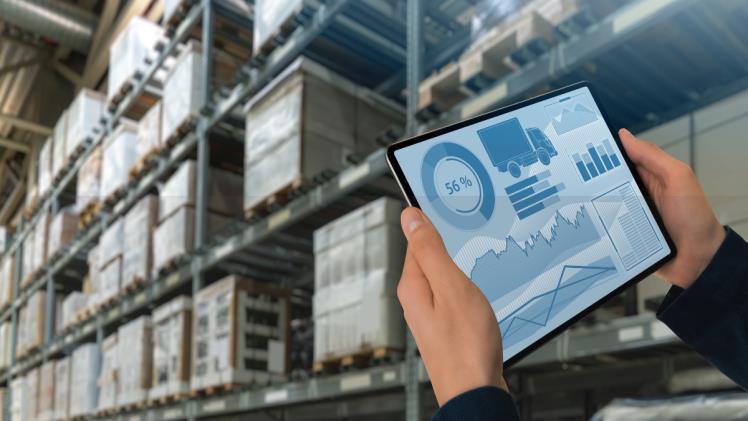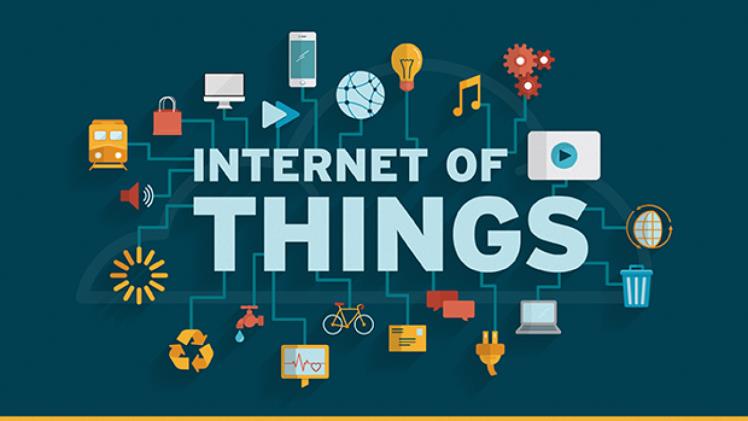Facility management software has been a game-changer for managers who are responsible for maintaining and overseeing large buildings, such as office complexes, hospitals, and universities. These tools have made it easier for managers to keep track of everything from maintenance schedules to energy usage. In this article, we’ll explore four ways facility management software can assist managers in their day-to-day tasks.
4 Benefits of Facility Management Software for Managers
Automating Maintenance Schedules
One of the main features of facility management software is its ability to automate maintenance schedules. This means that managers no longer have to manually keep track of when equipment needs to be serviced or when repairs need to be made. Instead, the software will automatically schedule maintenance tasks based on factors such as usage, age, and manufacturer recommendations.
Conversational automation is another feature that can make a manager’s life easier. This technology allows managers to use natural language to communicate with the software, which can then provide instant responses and assistance. For example, a manager could ask the software to schedule maintenance for a specific piece of equipment, and the software would automatically create a workflow and assign it to the appropriate technician.
Streamlining Communication
Another way facility management software can assist managers is by streamlining communication. Rather than relying on phone calls, emails, or even in-person conversations, managers can use the software to communicate with technicians, vendors, and other team members in real-time. This can assist that everyone is on the same page and that work orders are being completed efficiently.
Digital technologies such as cloud-based storage and mobile applications also make it easier for managers to access critical information from anywhere, at any time. For example, a manager could use a mobile app to check the status of a work order while on the go, or access a cloud-based database to review maintenance logs or energy usage reports.
Tracking Energy Usage
Facility management software can also be used to track energy usage and identify areas where energy efficiency can be improved. By monitoring energy usage in real-time, managers can quickly identify patterns and make adjustments as needed. For example, they may notice that a particular area of the building is consistently using more energy than others, which could indicate a problem with equipment or insulation.
Digital technologies such as IoT sensors and smart meters can also be integrated with facility management software to provide even more detailed insights into energy usage. This can help managers make data-driven decisions when it comes to improving energy efficiency and reducing costs.
Improving Asset Management
Finally, facility management software can help managers improve asset management by providing a centralized database of all equipment, supplies, and materials. This can help managers keep track of inventory levels, schedule maintenance and repairs, and even plan for future upgrades or replacements.
Digital technologies such as RFID tags and GPS tracking can also be used to improve asset management. For example, RFID tags can be used to automatically track inventory levels and send alerts when supplies need to be replenished. GPS tracking can be used to monitor the location and usage of equipment, which can help managers identify opportunities for optimization and cost savings.
Final Words
In conclusion, facility management software has become an indispensable tool for managers who are responsible for maintaining and overseeing large buildings. From automating maintenance schedules to improving asset management, these tools can help managers work more efficiently and effectively. By incorporating digital technologies such as conversational automation and IoT sensors, facility management software is poised to become even more powerful and essential in the years to come.





